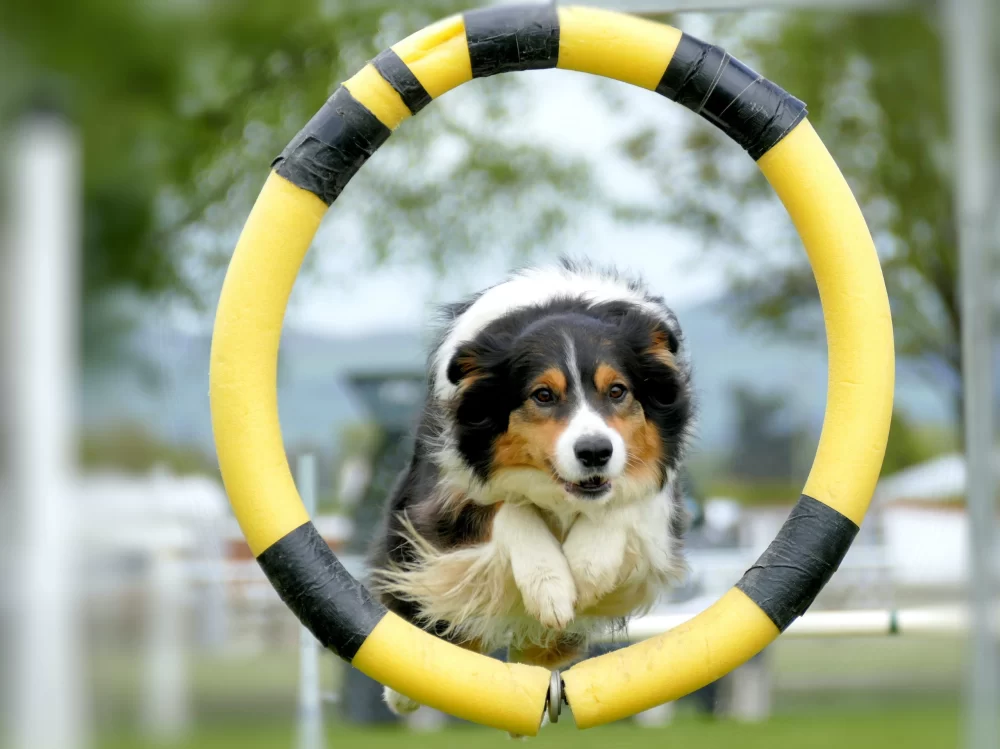Understanding Why Dogs Chase Their Own Reflection
When I first noticed my dog chasing her own reflection, it was both amusing and confusing. She would dart around the room, snapping at the walls or floors where she saw a glimpse of her reflection in a mirror or window. It looked like she was trying to catch something, but there was nothing there. It didn’t take long to realize that this behavior wasn’t just quirky—it was disruptive and, if left unchecked, could lead to frustration and even anxiety for both of us. So, I set out to understand why dogs do this and how I could help her stop.
Dogs often chase their own reflections or shadows because they are naturally curious and have a strong prey drive. The light, shadows, or reflections can mimic moving objects that trigger their instinct to chase. This behavior is similar to chasing a ball or a stick, but the problem arises when the dog becomes obsessed or fixated on their own reflection. The more they chase it, the more the behavior gets reinforced, making it difficult to stop. Understanding the root cause of this behavior was the first step in helping my dog stop chasing her reflection.

1946 S Christopher Columbus Blvd, Philadelphia, PA 19148, USA
See DetailsSteps to Train Your Dog to Stop Chasing Its Own Reflection
Once I understood why my dog was chasing her reflection, I knew that training would require patience, consistency, and positive reinforcement. I began implementing some steps that eventually helped curb the behavior, and over time, she stopped obsessively chasing reflections. Here’s how I did it.
1. Redirecting Their Focus
When my dog first started chasing her reflection, I noticed she would get caught up in the excitement of the chase. To break this cycle, I immediately redirected her attention by calling her name or offering a toy. The key was to offer an alternative that was equally engaging. For example, I would have a favorite squeaky toy in hand, and whenever she went after her reflection, I would shake it and encourage her to play with it instead.
Redirecting the focus helped her learn that there was something more exciting and rewarding than chasing reflections. It didn’t happen overnight, but with consistency, she started to understand that the toy or my attention was a better choice. I would also praise her every time she shifted her focus away from the reflection and engaged with me or the toy. This created a positive association with the alternative behavior.
2. Training “Leave It” Command
One of the most powerful tools I used in training my dog to stop chasing her reflection was the “leave it” command. I started training her in a calm environment where I could control the surroundings. When she would spot her reflection, I would calmly say, “leave it,” and immediately reward her with a treat when she stopped focusing on the reflection and looked at me instead.
Over time, the “leave it” command became a signal that helped my dog disengage from the reflection. This command is useful not only for reflections but for any kind of distracting behavior, like when she was tempted by a passing squirrel outside. The key to this training is consistency—every time she ignored the reflection on command, she received a treat and praise.
3. Desensitizing Your Dog to Reflections
Another method I tried was desensitizing my dog to the reflections. Instead of simply trying to stop the behavior, I slowly introduced her to reflections in a controlled way. I would create situations where she could see her reflection but remain calm. For example, I would sit in front of a mirror with her, allowing her to notice her reflection while I kept her calm and engaged with treats or toys.
The goal was to help her understand that there was no need to react to the reflection. I gradually increased the amount of time we spent near the mirror or reflective surfaces, rewarding her for calm behavior. Over time, the mirror no longer became a trigger for excitement, and she learned that reflections were just part of her environment—nothing to chase.
4. Remove Reflective Triggers Temporarily
While training, I also made sure to remove or cover any reflective surfaces that were contributing to the behavior. For example, I would cover mirrors or windows that she could see her reflection in, especially when I wasn’t able to supervise. By reducing the opportunities for her to see her reflection, I made it easier for her to focus on other things and reinforced the new behaviors I was teaching her.
5. Providing Mental and Physical Stimulation
Part of the reason my dog chased her reflection was because she wasn’t getting enough mental and physical stimulation. Dogs often engage in behaviors like chasing reflections or shadows when they are bored or have excess energy. To combat this, I started increasing the amount of exercise and interactive playtime she got each day.
We started going on longer walks, playing fetch in the backyard, and even doing puzzle games that engaged her brain. As she became more mentally and physically tired, she was less likely to engage in unwanted behaviors like chasing reflections. The more I tired her out with fun activities, the less obsessed she became with her own image.
What to Do if Your Dog Continues Chasing Its Reflection
While these techniques worked for me, some dogs may take longer to stop chasing their reflections. If your dog continues the behavior despite training, consider seeking the help of a professional dog trainer or behaviorist. A professional can offer more personalized training solutions and ensure there are no underlying behavioral issues that are contributing to the obsession with reflections.
In addition, make sure your dog’s environment is enriching enough to prevent boredom. Sometimes the solution isn’t just training, but also making sure your dog’s daily routine includes plenty of physical and mental activities. By keeping your dog engaged and occupied, you can reduce the likelihood of them resorting to unwanted behaviors like chasing reflections.
In the end, patience and consistency were the most important aspects of training my dog to stop chasing her reflection. By offering alternatives, using commands like “leave it,” desensitizing her to the trigger, and providing plenty of stimulation, I helped her break the habit. Now, when we pass mirrors or windows, she simply ignores them, and I can see how much more relaxed she’s become. It’s a rewarding feeling to know that, through training, we were able to overcome this behavior together.










